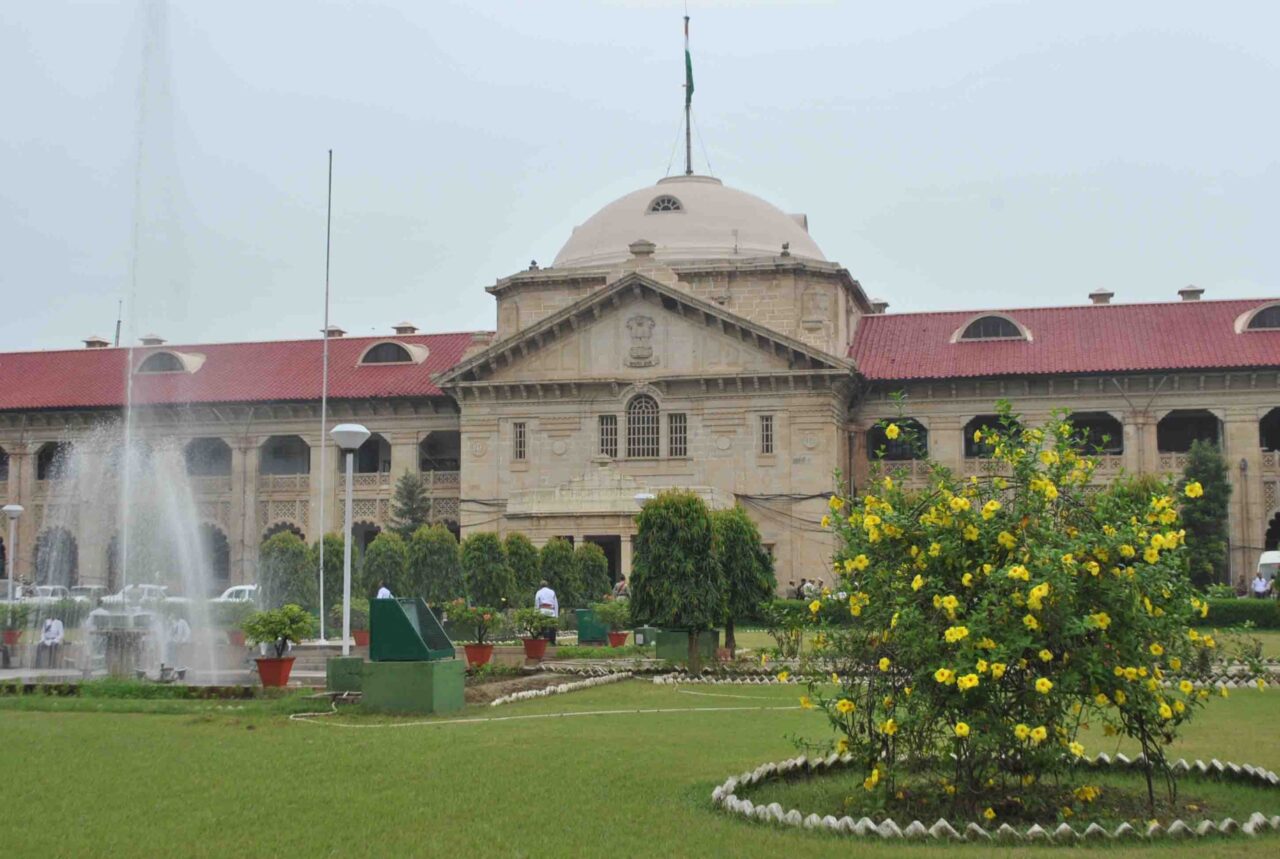The meaning of ‘gang’ under section 2(b) of the Uttar Pradesh Gangsters and Anti-Social Activities (Prevention) Act, 1986 has two parts and both these parts are mutually exclusive. Each one of the two parts by itself would be enough to bring a case within the ambit of the term Gang. Thus, the sense of interpretation is much broader to ensure public safety and a literal interpretation must not be used. This was decreed by the two-judge bench comprising of Hon’ble Justice Anjani Kumar Mishra and Hon’ble Justice Shekhar Kumar Yadav in the case of Pramod Singh vs. State of U.P. and 4 Ors. [CRIMINAL MISC. WRIT PETITION No. – 728 of 2021] on the 16th of July, 2021 before the Hon’ble High Court at Allahabad.
The brief facts of the case are, the petitioner has two cases registered against him, First, being Case Crime No.387 of 2020 under Sections 307, 504, 506 Indian Penal Code and the other case in this regard being case Crime No.386 of 2020. These cases arose from a private dispute regarding an electricity connection and the petitioner was one of the injured in the cross case. An FIR was lodged against the petitioner in this regard. Admittedly, there is enmity between the parties and it is a case of no injury. The case was taken into cognizance by the district magistrate and an order was passed on the 04th of November 2020. Through this petition, the petitioner aims to quash the FIR report and the order given by the district magistrate on the basis that there was no object of disturbing public order and thus the FIR under the act is baseless.
The counsel for the petitioner submitted that, the facts alleged in the first information report do not make out any violence, threat or show of violence, intimidation, coercion etc. which would amount to disturbing public order. No temporal, pecuniary, material or other advantage having been procured by the petitioner, is alleged in the criminal cases lodged against him. Therefore, the requirements of Section 2(b) & 2(b) (viii) of the Act are not made out. He has further submitted that the impugned FIR under the Gangsters Act is a case of false implication. In any case, the material satisfaction, allegedly recorded by the District Magistrate, while approving the Gang Chart is, without any basis. He further went on to say that the submission on the basis of the aforenoted Section 2(b) is that the criminal cases against the petitioner are not such, which would fall within the scope of the term “disturbing public order”. They might be criminal acts but then every criminal Act cannot be construed as disturbing public order. Since, the public order was not disturbed in the two cases against the petitioner. Gangsters Act has wrongly been invoked. The impugned first information report deserves to be quashed.
The learned judge heard the contentions and went on to analyze section 2(b) under the act which states that, “(b) “Gang” means a group of persons, who acting either singly or collectively, by violence or threat or show of violence, or intimidation, or coercion, or otherwise, with the object of disturbing public order or of gaining any undue temporal, pecuniary, material or other advantage of himself of any other person, indulge in anti-social activities”. The judges observed that there are two parts to the definition and the learned counsel for the petitioner had only stressed on the first half of the definition. “We are of the considered opinion that the definition of a Gang is therefore, clearly in two parts and both are mutually exclusive. Each one of the two parts by itself would be enough to bring a case within the ambit of the term Gang. To clarify further Section 2(b) in our opinion, provides that a group of person, singly or collectively would constitute a gang in either or the two conditions below- (i) by violence, or thereat or show of violence or intimidation or coercion, or otherwise try to disturb public order, OR (ii) by violence or threat or show of violence or intimidation or coercion or otherwise try to obtain undue temporal, pecuniary, material or other advantage for himself or any other person.” Thus, the petition was dismissed with the above mentioned observations.


